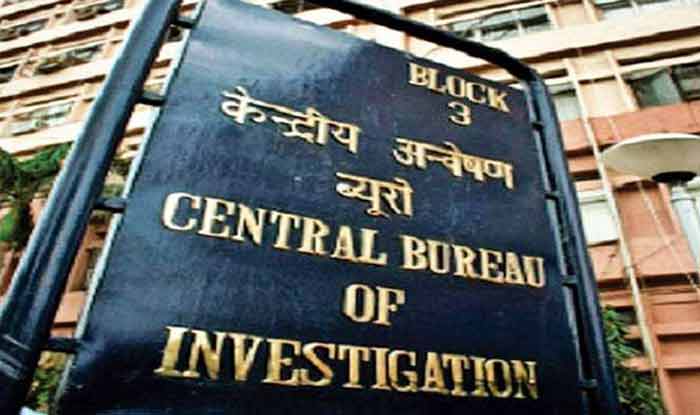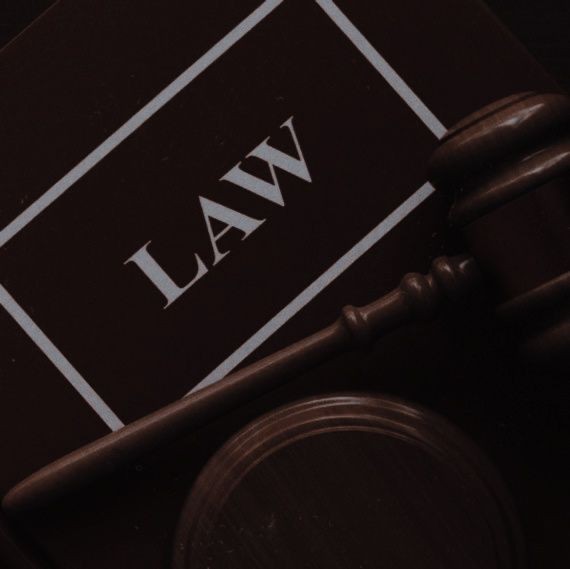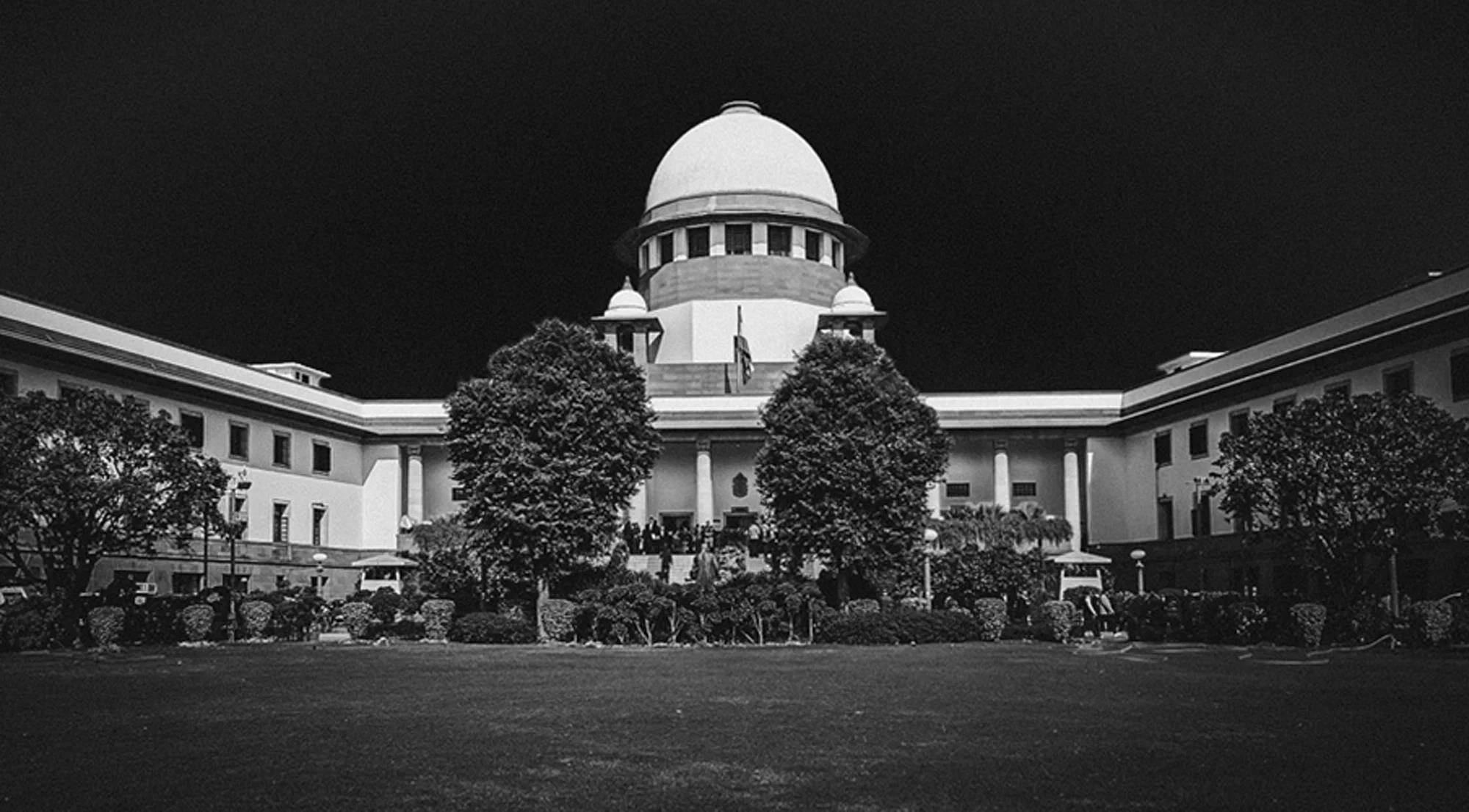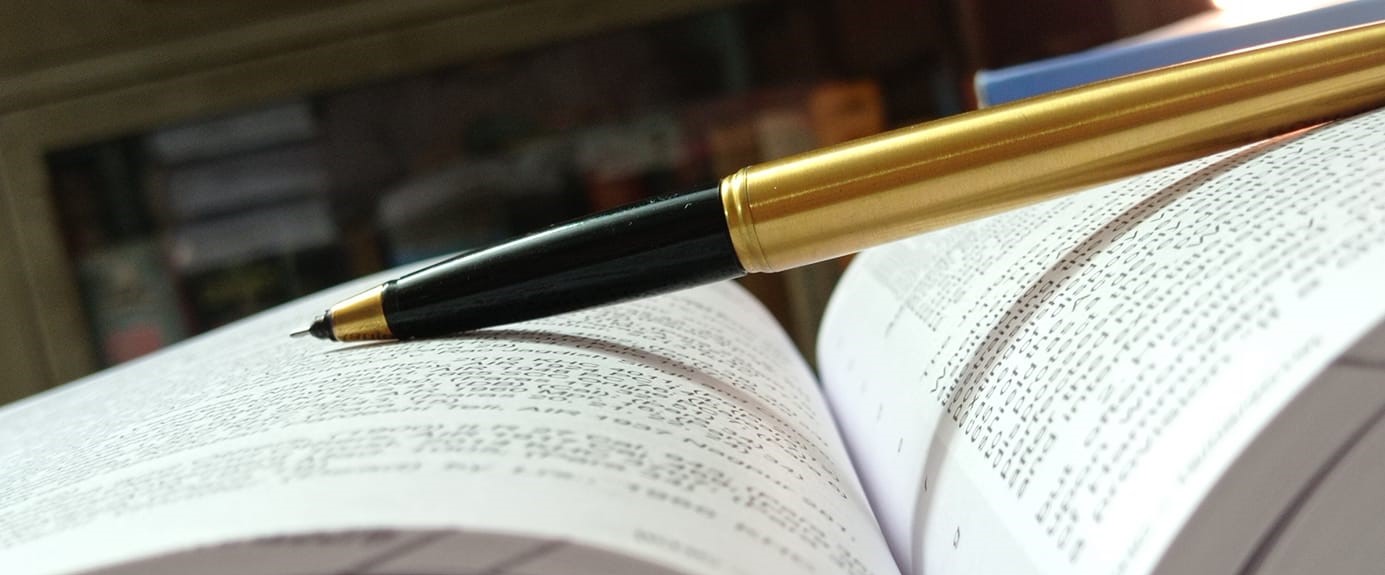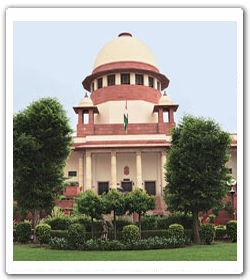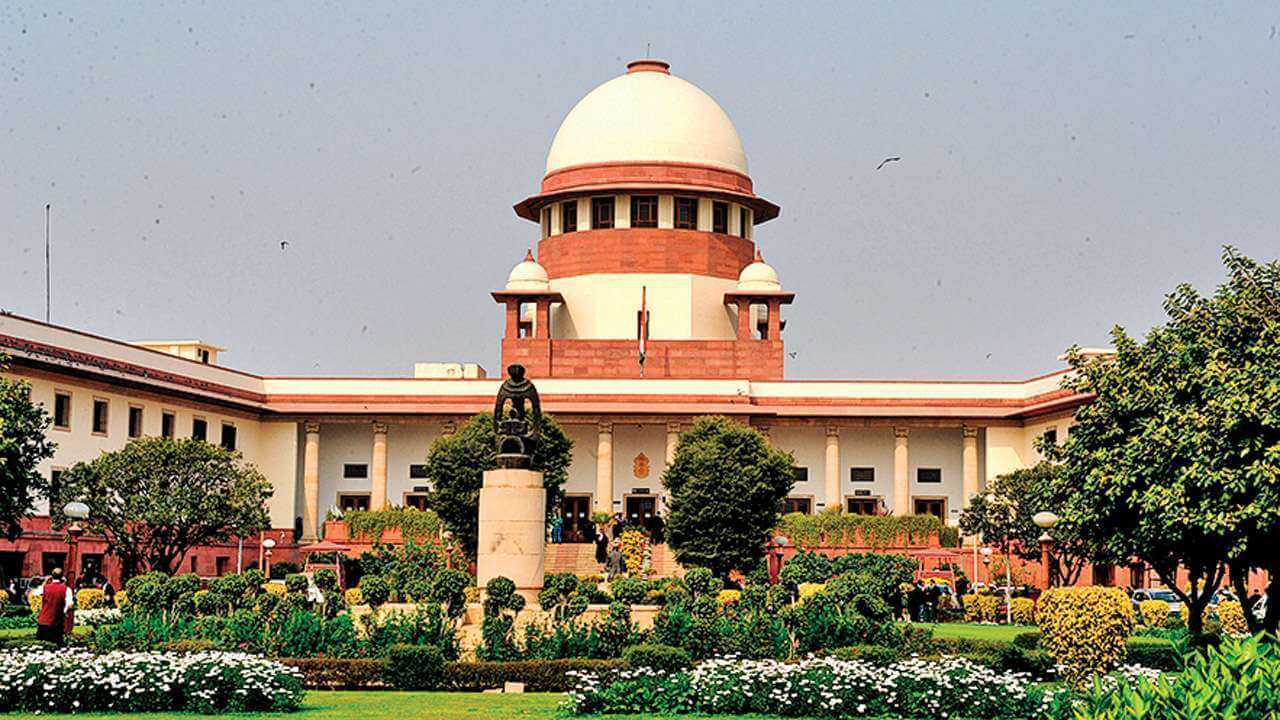Why a review application should be heard by the same judge, as far as possible?
".................... An application for review is not an appeal or a revision to a superior Court but a request to the same Court to recall or reconsider its decision on the limited grounds prescribed for review. The rea son for requiring the same Judges to hear the application for review is that the Judges who decided the matter would have heard it at length, applied their mind and would know best, the facts and legal position in the context of which the decision was rendered. They will be able to appreciate the point in issue, when the grounds for review are raised. If the matter should go before another Bench, the Judges constituting that Bench will be looking at the matter for the first time and will have to familiarise themselves about the entire case to know whether the grounds for review exist. Further, when it goes before some other Bench, there is always a chance that the members of the new Bench may be influenced by their own perspectives, which need not necessarily be that of the Bench which decided the case. There is every likelihood of some tendency on the part of a different Bench to look at the matter slightly differently from the manner in which the authors of the judgment looked at it. Therefore, in the interests of justice, consistency in judicial pronouncements and maintaining good judicial traditions, an effort should always be made for review application to be heard by the same Judges, if they are in the same court. (Paras 18 and 20) When the provision for review by the same Judge/s was made, it was made on the assumption that the Judges will be available at the same place. The Rules did not contemplate the Court having Benches outside the main seat or Circuit Benches and Judges moving from Bench to Bench or Judges and coming back after three months or six months. A Judge who sits and hears a matter in a Circuit Bench away from the main seat, may not be avail- able in that particular Circuit Bench for a considerable time which may vary from three to six months or even more. Further, when two Judges heard the matter at a Circuit Bench, the chances of both Judges sitting again at that place at the same time, may not arise. Subject to circum- stances which may make it impossible or impractical for the original Bench to hear it, the review applications should be considered by the Judge or Judges who heard and decided the matter. It is only where both Judges are not available (due) to the reasons mentioned above) the applications for review will have to be placed before some other Bench as there is no alternative. But when the Judges or at least one of them, who rendered the judgment, continues to be members or member of the court and available to perform normal duties all efforts should be made to place it before then the said requirement should not be routinely dispensed with. Any attempt to too readily provide for review applications to be heard by any available Judge or Judges should be discouraged. (Paras 20 and 21) With the technological innovations available now, the review petitions can be heard by using the medium of video conferencing. Or an appropriate rule can be made, if such a rule is not already available, for consideration of the application or written submissions alone, e.g. Order 40 Rule 3 of the Supreme Court Rules which will not in any way violate Section 114 of the Code providing for review. The solution may not be to send the review petition to the place where the Judges concerned are holding their sitting in view of the fact that i would involve travel, engaging of new counsel additional cost, etc. and defeat the very purpose of having Circuit Benches. Every effort should be made to achieve the object of review by ensuring that the matter is considered by the Judge or the Bench which rendered the judgment. (Para 22) ..............................". [Noor Mohammed v. Jethanand (2013) 5 SCC 202 / AIR2013 Sc1217]Why a review application should be heard by the same judge, as far as possible?


